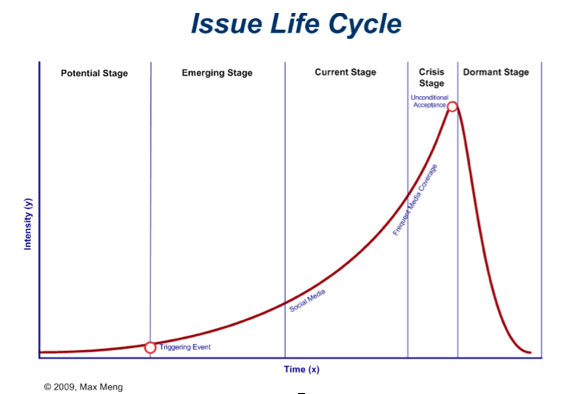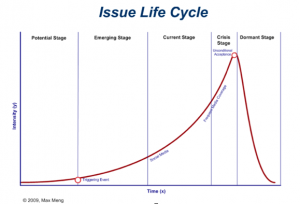In PR, the value of words is invaluable. That sounds like a contradiction in terms, but it’s true. A great speech can build positive relationships with stakeholders and potential consumers, which is at the heart of public relations.
To become better apt for your next presentation, here are a couple of tips to help you become a better speaker.
- The Rule of Threes
- Know the Purpose of the Speech
- Use Humour, anecdotes and analogies
- Slang, Jargon, Formality or Informality
The Rule of Threes
The rule of threes is an excellent way to structure your speech. Personally, I love it, it just works for me and it also works for the audience. It’s simple, highlight three areas of the speech you will be discussing and elaborate on that. This rule works especially well if the third point is either slightly longer or has a nice little twist to it. The audience will believe will pay more attention as you save the best until last.
Purpose of the Speech
Purpose of the speech will determine the tone an mood of your speech. If you are promoting your business to existing consumers at a convention, you are more likely to apply everyday language and incorporate humour. However, if the company is in the middle of a crisis, you better not joke. Knowing the purpose of your speech will get the best result out of people as you are giving them the information they want presented in a way that they like to hear it.
Humour in your Speech
Humour anecdotes and analogies are ways to stimulate the audience or to simplify high minded ideas to them. Just make sure that the jokes are actually funny and your anecdotes and analogies are accurate and don’t go off on a tangent. Read a joke book or look up online for analogies that best fit for your speech. If you practice this long enough, soon you will be like a duck to water.
Slang and Jargon
Slang and jargon in your speech is entirely determined by how knowledgeable your audience is.
Say we were selling TVs. If you were pitching televisions to IT professionals, you might talk about the technological processes on how the TV functions. For a bunch of consumers, you might only need to say that the TV lasts longer, has a bigger screen and has better picture quality.
Finally you need to practice your speech. There is a massive disconnect if you constantly look at your notes. You can condense your speech into bullet points and make it whatever you say come naturally. Even though it may be harder for inexperienced people to publically speak without palm cards, maintain eye contact is the key for audiences to understand and enjoy you and what you wrote. You speak to the audience, not to the ground.
All of these tips will hopefully help you in both writing and constructing a speech from start to finish
Nelson Cumming is an enthusiastic business blogger with AdrienneMcLean.com with a keen interest in Marketing and PR.
Adrienne McLean DTM – SpeakersTrainingCamp International Instructor and the Founder of The Speakers Practice – Adrienne specialises at
The Speakers Practice helping clients to confidently deliver presentations for maximum impact for sales presentations, pitching to Investors, promotional presentations etc.
Adrienne has been training presenting to camera programs since 2012 and has been coached by Lou Bortone – US Video Marketing Expert.
You can contact Adrienne on adrienne@thespeakerspractice.com.au or ring on 0414 367 960.









